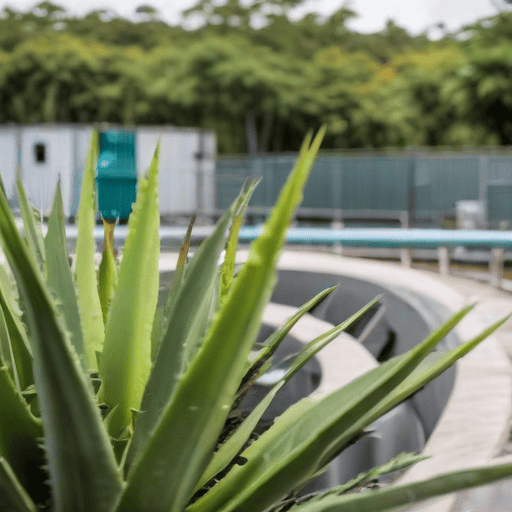The Water Authority of Fiji has revealed that its 11 wastewater treatment plants across the nation currently lack the necessary capacity to adequately treat wastewater. Dr. Luke Vonotabua, Fiji’s acting chief health inspector, expressed these concerns during an event marking World Toilet Day at Vunibua Settlement in Narere.
Dr. Vonotabua explained that the pond treatment systems are operating well beyond their intended capacity, while mechanical systems are facing significant malfunctions due to operating above their hydraulic design limits. The rapid urbanization in Fiji has led to numerous informal settlements in major cities that suffer from inadequately designed and poorly managed sewage treatment infrastructure, including the management of faecal sludge.
Globally, over 3.5 billion people do not have access to proper sanitation facilities, and in Fiji, only 17 percent of the population is connected to the wastewater services provided by the Water Authority. Dr. Vonotabua pointed out that efforts are being made to achieve the goal of universal access to proper wastewater services by 2030, emphasizing the need for collective action.
Despite the challenges faced by rural areas and informal settlements, innovative solutions are being developed by organizations like Revitalising Informal Settlements and their Environments (RISE), along with partners including WAF, the Ministry of Health and Medical Services (MOHMS), and UNICEF. These partnerships are focused on overcoming barriers to Water, Sanitation, and Hygiene (WASH) access. The event held at Vunibua Settlement was significant, as it is one of the active project sites for RISE Fiji.
The initiative aims to offer nature-based solutions for communities that lack connection to the main sewer line systems, which are maintained by the Water Authority of Fiji. This collaborative approach highlights the importance of community-driven solutions and innovation in tackling sanitation challenges.
In summary, while Fiji faces significant challenges regarding wastewater treatment capacity, there is a path forward. Through partnership and innovation, there’s hope for improved sanitation and hygiene access for all communities by 2030.

Leave a comment